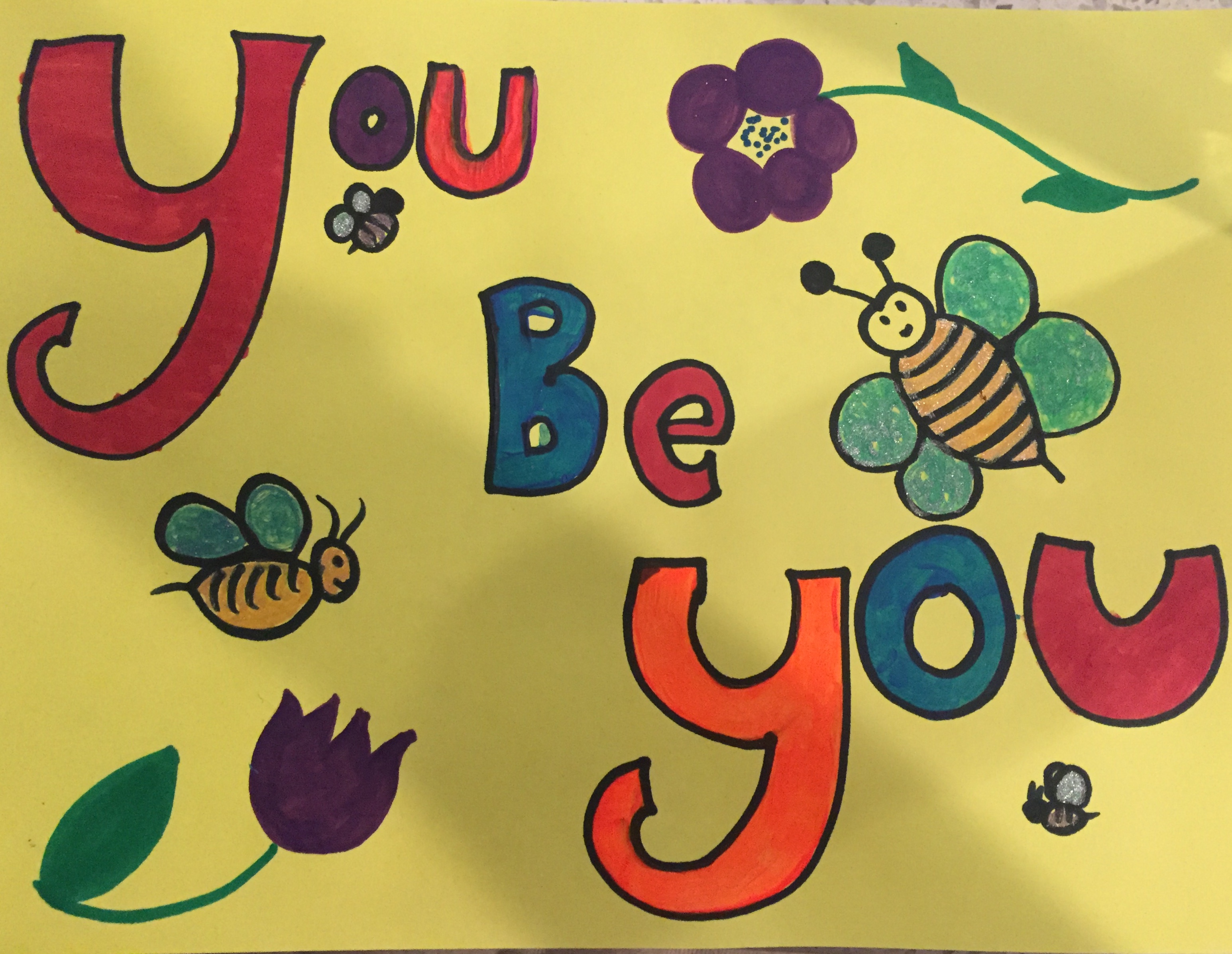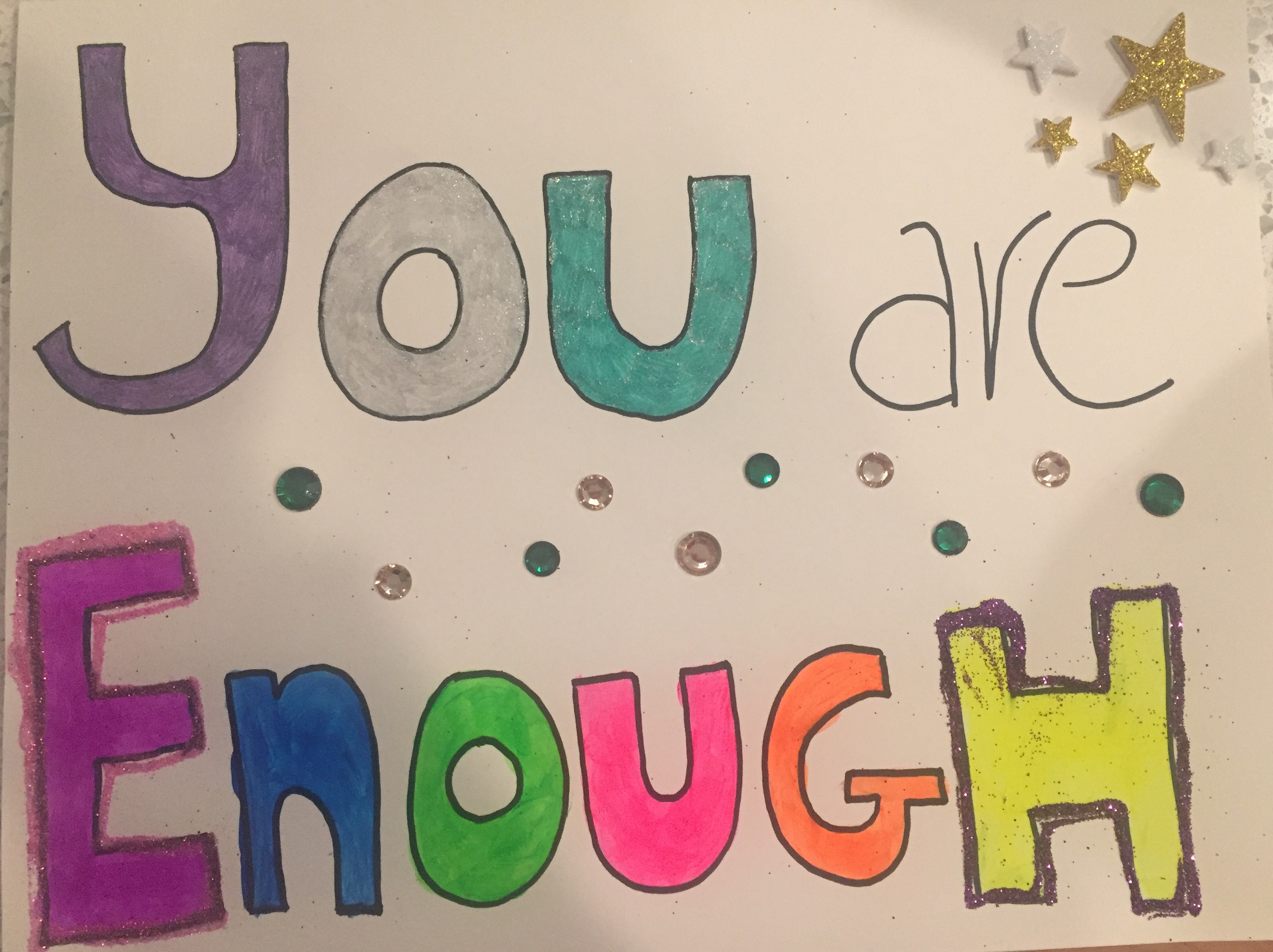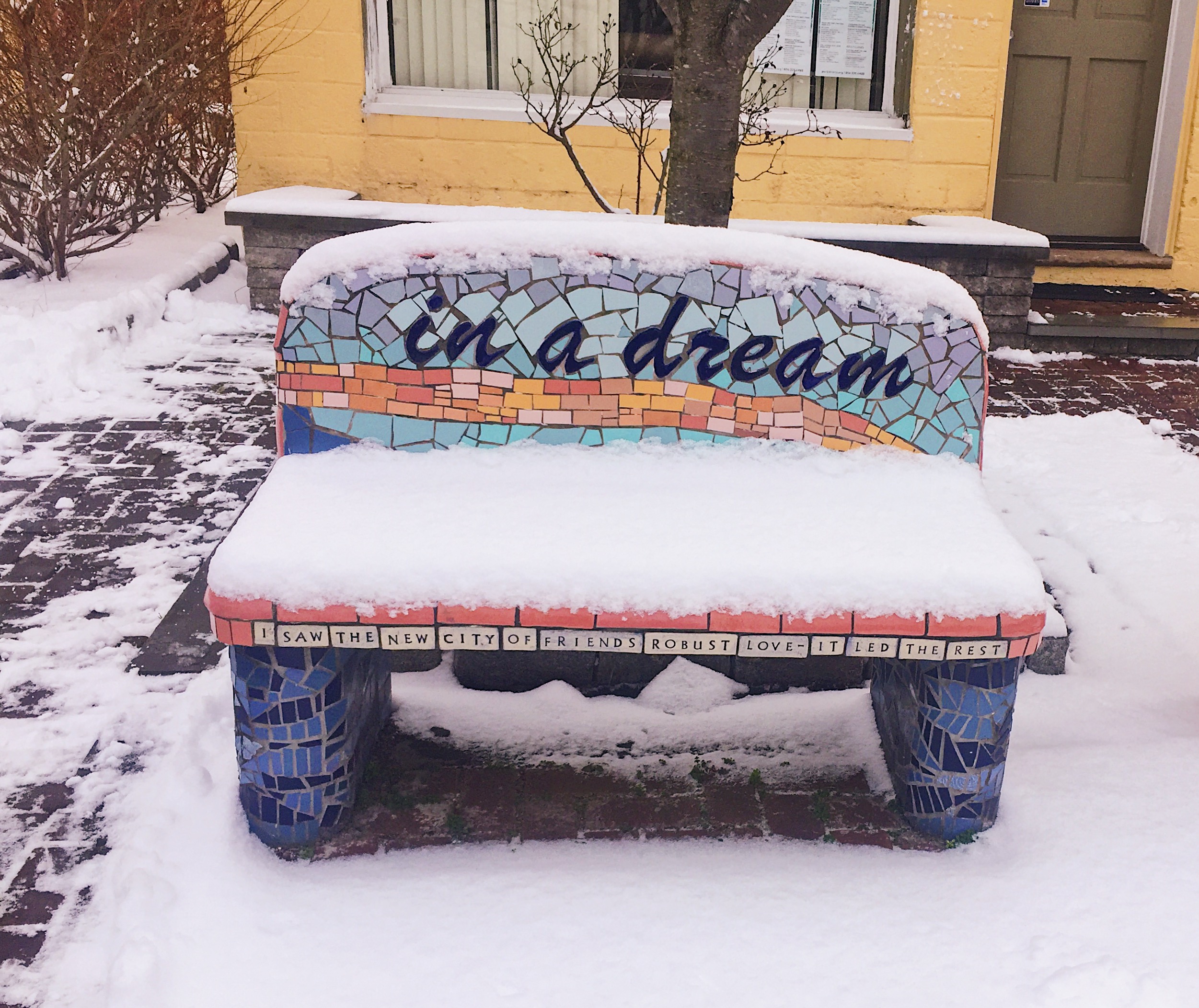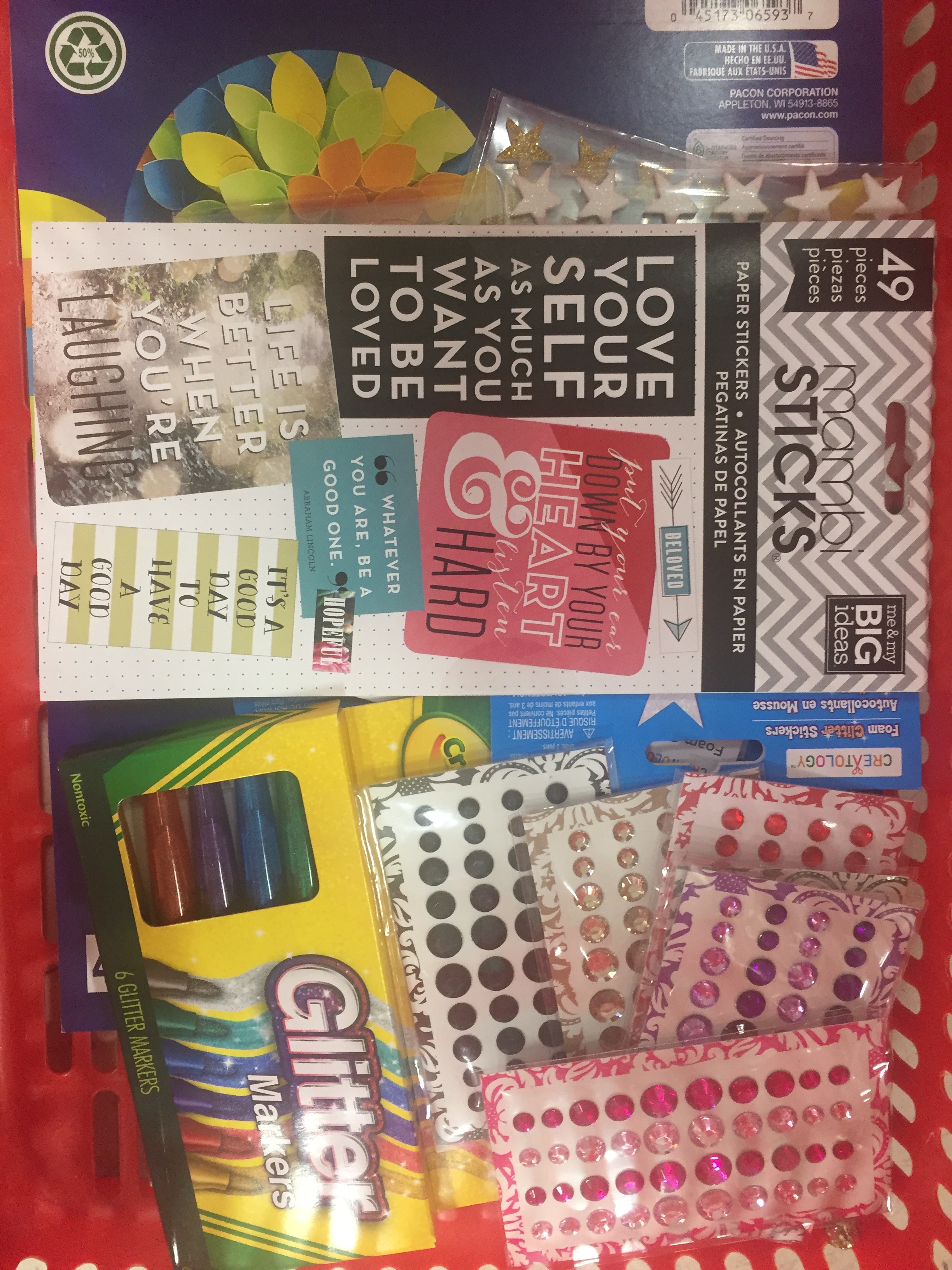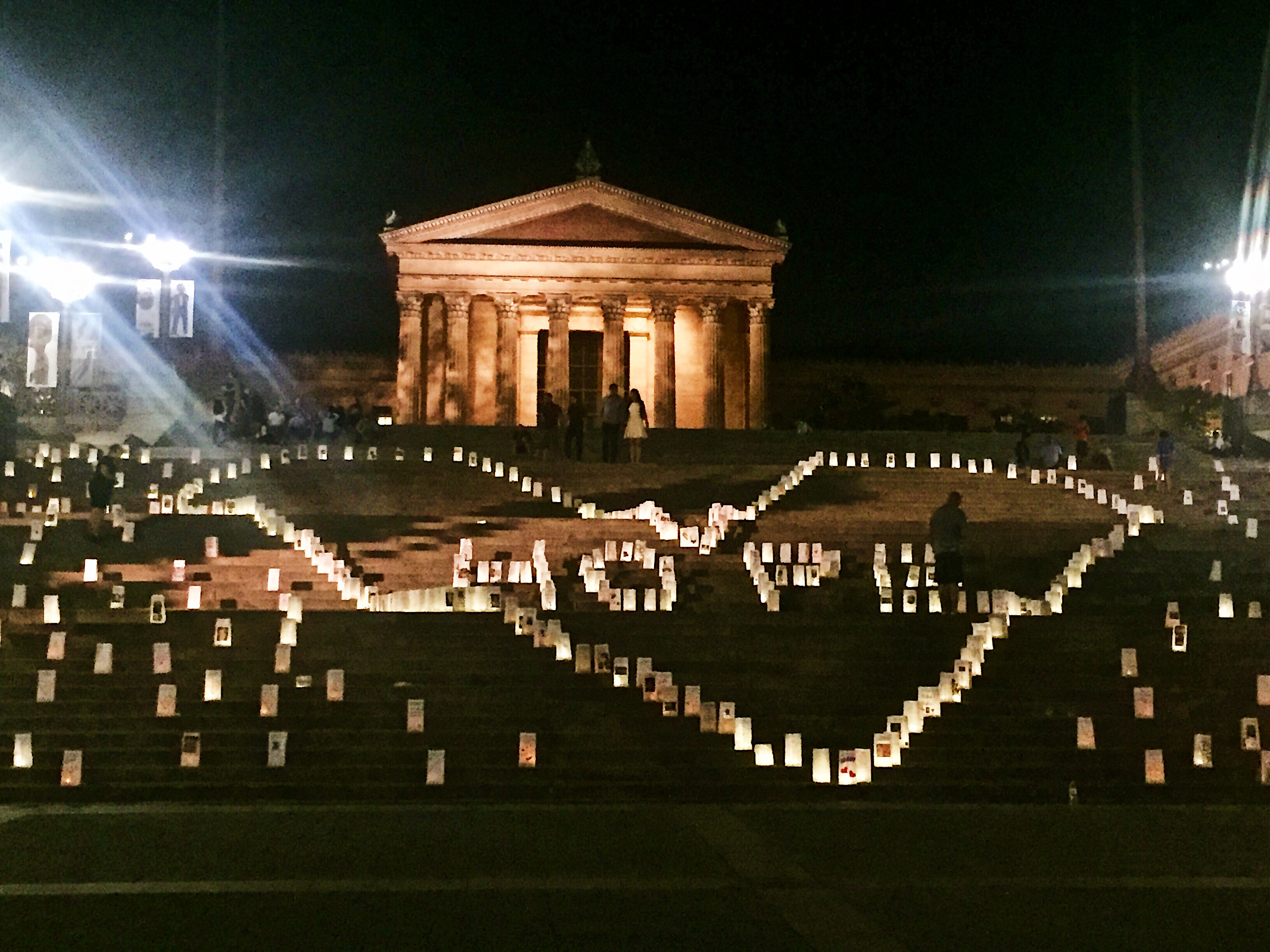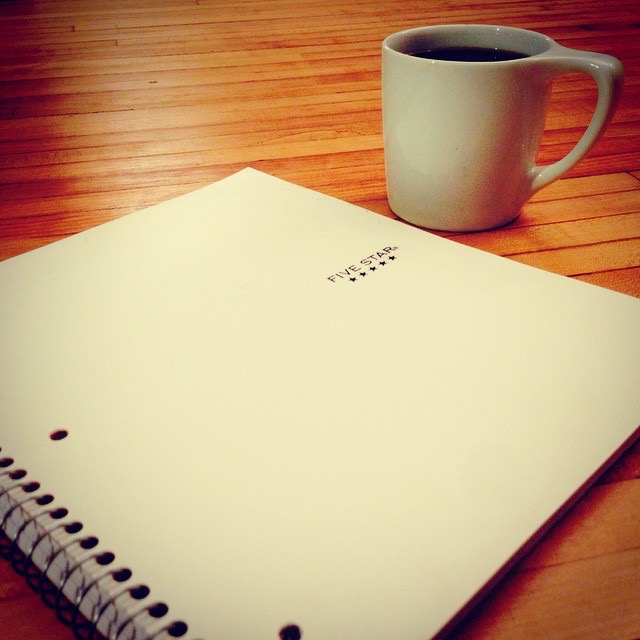Happy April! It’s been a while since I’ve written. I’ve had a lot going on, both in illness and in life – in fact I still do – and I’ve been needing to recenter and refocus a bit. However, I saw the April Linkup Party Prompts from A Chronic Voice, and these always inspire me to post. This month’s prompts are:

I love each and every one of these, so I’ve decided to write on all five.
Tiring
Right now, a lot of things seem tiring. My schedule has been intense for the past few months, as it’s been unusually busy at work and yoga teacher training is coming down to the wire (spoiler alert – see educating for more on this). The lack of down time/free time has been tiring. Not in a bad way, per se, as it’s all towards a greater goal, but still, tiring. More so, my brain has been tiring. Because I live with a rapid mood cycling disorder, my brain is all over the place. It spent all of January and February berating me, telling me I’d never succeed, picking at every tiny vulnerability. I was a giant weeping mess for the first two months of the year. Enter March, and things started to feel better. Not sure why, but they did. I’d been doing a lot of work on myself, and though I know my condition won’t ever go away, I thought at least I was pulling through the darkest pieces, and that my intense work on myself was paying off. And then, April hit. Hit me like an emotional ton of bricks, that is. I’m back to gooey, weepy mess, low self-worth and self-esteem, struggling to see light at the end of the tunnel. And this back and forth, this two steps forward one step back, this constant internal struggle and emotional roller coaster, is incredibly emotionally and mentally tiring.
Educating
As mentioned above, I’ve been participating in 200-hour yoga teacher training since the end of September. I am due to teach my “first class” (basically practicum part of our final) on April 26th, and I have my written final exam April 28th. The past few months have been tons of learning and educating, in everything from philosophy to the physical movements of yoga and everything in between. I’ve been learning how to put yoga flows together, how to choose the right music, the business and ethics end of being a yoga instructor. We were educated on trauma informed yoga (the basics, it’s something I want to pursue further once I graduate). I’ve been steeped in education.
I’ve also been doing a lot of educating myself on myself – everything from working on my courage and learning how I self-sabotage out of fear, to recognizing my codependent tendencies, to learning how to rediscover myself (if you have any tips for this, I’ll take them, this is still a work in progress), to so much more. It’s been super eye opening, helpful, frustrating, and just about every other emotion possible.
Receiving
I’m working on learning how to receive compliments/praise/acknowledgement/basically anything positive, either from others or myself. Low self-esteem, self-worth, and self-confidence make me generally sure that everyone’s “just being nice”, and that I’m not worthy of anything positive actually said about or done for me.
I’m also working on not receiving other people’s negative energy, painful words and actions, judgements, lack of belief in me, or anything else that falls into this realm. To clarify, I’m realistic and value honesty. I don’t want everyone to walk on eggshells or be all fluffy kittens and rainbows with me. But I have often defined myself by other people’s opinions/thoughts/words/actions. They thought the way I did something was wrong? I must be wrong. They didn’t believe in me or doubted me? I stopped believing in or started doubting myself (note: I already do this enough on my own, I don’t need others’ help to do so). This is all part of the codependent tendencies mentioned earlier. It’s still a big issue for me. I”m working on separating my belief in myself and my self-worth, from the negative I receive from others, while still being open to genuine constructive suggestions, alternative ways of doing/seeing things, etc.
Giving
I’m a giver by nature. I give time, I give understanding, I give empathy, I give forgiveness, I lend an ear, I help if someone needs help. Sometimes, in fact, I’m too giving. I try to be everything to everyone, except for to myself. So right now, what I’m working on is more focused giving, both internally and externally. For instance, instead of offering to be everything to everyone, I’m working on specifically reaching out to individual people, checking on on them, saying hi, etc. Not like a quick Facebook comment or like, but sending a persona text or message, really reaching out. I’m working on cultivating close relationships, instead of trying to be everything to everyone. It doesn’t mean that I am not there for others. But I am protecting my own energy a little more. I’m also working on giving to myself. Giving myself the kind words, the encouragement, the belief in self that has often been missing. I’ll get a bit more into this in “Quieting”, below.
Quieting
I’ve been doing a lot of self-work, as I mentioned. Much of this has to do with quieting the negative thought patterns in my mind, as well as reigning my mind in when it tries to run amuck (often). I’ve also been working on spending more time in meditating, yoga of course, prayer, reflection, and body access exercises/body scanning, which all help me with quieting my external environment (I tend to do each of these best in a quieter setting), but also my internal one.
Thanks, as always, for these prompts! It’s good to be back to blogging here again. Don’t forget to go to Linkup Party link in the first paragraph to check out others’ posts for these prompts!


